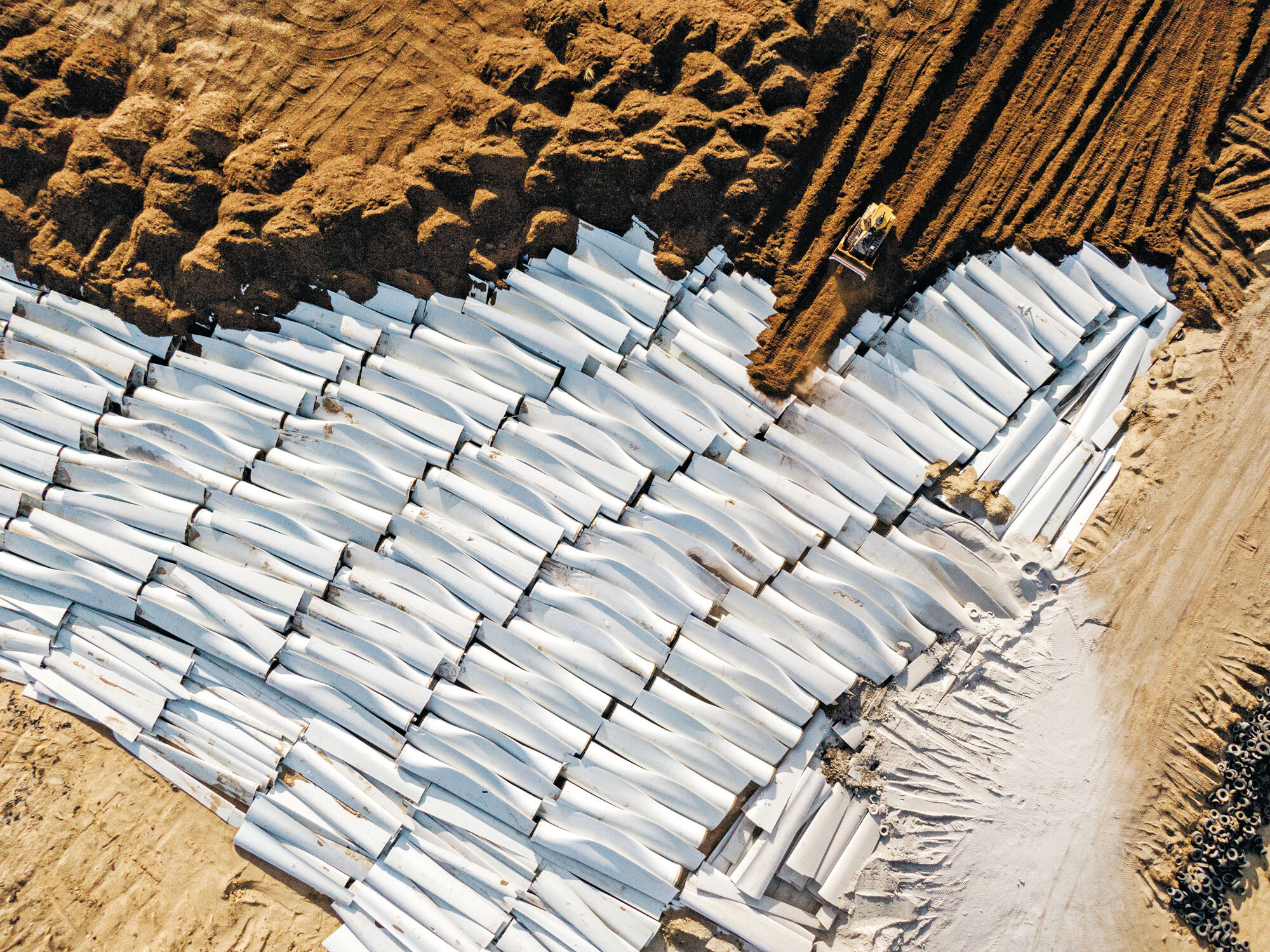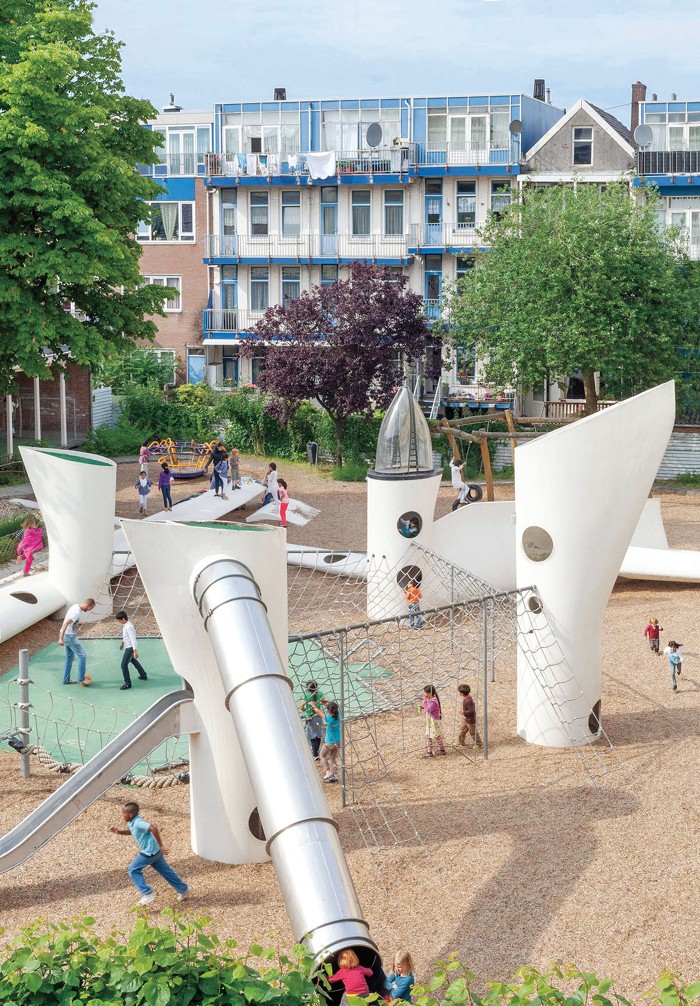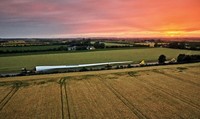Advertisement
Grab your lab coat. Let's get started
Welcome!
Welcome!
Create an account below to get 6 C&EN articles per month, receive newsletters and more - all free.
It seems this is your first time logging in online. Please enter the following information to continue.
As an ACS member you automatically get access to this site. All we need is few more details to create your reading experience.
Not you? Sign in with a different account.
Not you? Sign in with a different account.
ERROR 1
ERROR 1
ERROR 2
ERROR 2
ERROR 2
ERROR 2
ERROR 2
Password and Confirm password must match.
If you have an ACS member number, please enter it here so we can link this account to your membership. (optional)
ERROR 2
ACS values your privacy. By submitting your information, you are gaining access to C&EN and subscribing to our weekly newsletter. We use the information you provide to make your reading experience better, and we will never sell your data to third party members.
Recycling
How can companies recycle wind turbine blades?
Landfilling retired blades isn’t green or sustainable. Companies are working on ways to reuse the giant structures rather than bury them
by Mitch Jacoby
August 8, 2022
| A version of this story appeared in
Volume 100, Issue 27

Credit: Benjamin Rasmussen/Getty Images | Because there are few options for recycling retired wind turbine blades, most end up buried in landfills, like the one shown here in Casper, Wyoming.
In brief
Wind turbines generated roughly 6% of the world’s electricity in 2020. Industry analysts predict that number will grow by more than 6% annually this decade. As the wind industry grows, so does the number of aging and damaged turbine blades that are being decommissioned and replaced with larger, more efficient ones. In the US alone, some 8,000 blades were pulled down in 2021. Most blades were landfilled because there wasn’t much else that could be done with them. But several companies are working on ways to recycle the enormous blades by shredding them and reusing the fiberglass and plastic resin to make cement, tough industrial plastics, and other products. Further advances in recycling technology along with changes in blade materials and recycling economics may be needed to deal with used blades on a global scale sustainably.
Bob Cappadona laughs as he recalls an inquiry in 2020 from General Electric about a seemingly impossible recycling project. The company was looking for ways to recycle its wind turbine blades. “I rolled my eyes and thought, ‘What in the world are we supposed to do with a 291 ft [88.7 m] wind turbine blade?’ ” he says.
Cappadona, the CEO of the Environmental Solutions and Services division of Veolia North America, an energy, water, and waste company, confesses that he wasn’t much more optimistic when he later received a big can filled with pieces of a chopped-up blade. Turning the used blades into something a customer would want “was the Rubik’s Cube of recycling,” he says, referring to the challenging 3D puzzle. But the company quickly came up with a plan for the material that was long considered unrecyclable. Now, just 2 years later, Veolia runs a program that has already turned about 2,000 of the giant blades into a valuable commodity—cement.
When wind turbine blades reach the end of their 20-to-25-year service lives, they usually end up in landfills. But in the past several years, energy companies have sought ways to avoid burying retired blades. “Wind turbines are the symbol of sustainability and green energy” because they generate electricity without emitting pollutants and greenhouse gases, says Claire Y. Barlow, a materials engineer at the University of Cambridge. Landfilling the blades is an ironic and unsustainable way to retire them, she says. It’s inconsistent with the sustainability goals of wind power.



And the scale of the recycling problem is large and growing. The cumulative mass of decommissioned blades in the US will reach 1.5 million metric tons (t) by 2040 and 2.2 million t by 2050, according to a recently published study by Aubryn Cooperman, a wind energy analyst at the National Renewable Energy Laboratory (NREL), and coworkers (Resour., Conserv. Recycl. 2021, DOI: 10.1016/j.resconrec.2021.105439). Globally, the mass of all the blades expected to be retired by 2050 may be as high as 43 million t, according to a study led by Barlow (Waste Manage. 2017, DOI: 10.1016/j.wasman.2017.02.007).
As a result, several manufacturers of wind turbine blades have teamed up with recycling companies and makers of construction materials to convert retired blades to useful products. Recycling arrangements like the one between Veolia and GE Renewable Energy are also starting up in Germany, Switzerland, Spain, and other countries. In some cases, the blades are shredded and used to produce alternatives to standard cement. Other strategies involve separating out the blade’s fiberglass and polymeric resin to make reinforced industrial products. Meanwhile, some companies and academic researchers are developing new blade materials to simplify recycling decades down the road. For now, however, the wind industry is growing quickly, as is the number of blades nearing retirement.
A recycling problem
The global wind power market was valued at just over $99 billion in 2021 and is expected to grow at a rate of 6.5% annually this decade, according to Grand View Research, an industry analysis firm. The world’s onshore wind energy capacity rose by an unprecedented 108 GW in 2020, twice as much as in 2019, mainly because of rapid development in China and the US, according to the International Energy Agency.
In addition to building new wind energy installations onshore and offshore, energy companies are upgrading aging turbines. Known as repowering, the process includes replacing older blades with newer, generally larger ones designed with improved aerodynamics to generate electricity more efficiently. The older ones are adding up quickly. WindEurope and other trade associations estimate that around 14,000 blades may be decommissioned annually around the globe during the next few years.

NREL’s Cooperman predicts that between 3,000 and 9,000 blades will be retired each year for the next 5 years in the US, and then the number will increase to between 10,000 and 20,000 until 2040. After 2040, the number of blades reaching the end-of-life stage each year will decrease, she says, but those blades will be larger than ones currently being decommissioned.
Wind turbine blades by the numbers
~6%
Percentage of the world’s electricity generated by wind energy in 2020
>110 m
Length of today’s longest wind turbine blades
10,000–20,000
Number of wind turbine blades to be retired in the US annually from 2030 to 2040
43 million metric tons
Cumulative mass of all blades to be decommissioned by 2050
Source: Sources: International Energy Agency; Siemens Gamesa Renewable Energy; Waste Manage. 2017, DOI: 10.1016/j.wasman.2017.02.007; Resour., Conserv. Recycl. 2021, DOI: 10.1016/j.resconrec.2021.105439.
With few recycling options, thousands of these blades have already ended up in landfills, and more are on their way. Although environmentalists don’t expect the blades to leach toxic metals and poisonous compounds, as is the case with other waste that has been landfilled, “the enormous volume of the blades consumes valuable landfill space,” Cappadona says. Burying the blades also wastes resources. “We should only landfill things that truly need to be landfilled,” he adds. So companies and others have started to look for recycling solutions.
“It’s difficult to recycle the blades because they were designed to be durable and withstand harsh weather for 20-plus years,” Cooperman says. They weren’t made to be pulled apart. They’re also huge—some reach 95 m in length or longer—and often located in remote places, making transportation logistically challenging and expensive.
Blade composition varies by manufacturer, but typically 80–90% of the mass of the blade is a composite material. Sixty percent to 70% of the mass of the composite consists of reinforcing fibers—mainly fiberglass plus some carbon fiber. The balance is a polymeric resin that bonds the long, stiff fibers in a rigid, relatively lightweight solid matrix.
“All composites are intrinsically difficult to recycle” because they consist of various components that have been mixed intimately and need to be separated to be recycled, Barlow says. The ones used in wind turbine blades are especially difficult, she explains, because typically they contain thermoset resins— often epoxies, polyesters, and vinyl esters. As these types of resins cure, they form strong cross-linked polymers that lock the reinforcing fibers in place.
In contrast to thermoplastics, which can be remolded and reused because they soften and melt when heated, thermoset resins burn when heated. Thermosets have provided blade manufacturers with the right combination of mechanical properties, durability, and cost, so they have been the standard material for decades, but they make recycling difficult and impractical. Further complicating recycling is the mixture of other materials that goes into blades, including balsa wood, foams made of polyvinyl chloride or polyethylene terephthalate, metals, and a variety of protective coatings.
Despite the challenges, a number of blade manufacturers, recyclers, and cement makers in Europe and the US announced plans in the past 2 years to explore recycling options. And a number of these companies are gearing up to process large numbers of used blades.
Recycled blades
Veolia’s recycling process starts when it collects used GE blades from wind farms in the US. Workers cut the blades to make transportation more manageable and then ship them to a processing center in Missouri. That facility shreds the blades into pieces measuring a few centimeters and then sends the material to customers that blend it with the ingredients used for making cement. The properties and performance of the resulting alternative cement closely match those of standard cement. Similar processes are carried out by GE and other companies in Germany and elsewhere in Europe.

Using shredded blades to make cement reduces the quantity of raw materials traditionally used by cement manufacturers and lowers emissions of greenhouse gases. Manufacturers make standard cement by heating a mixture of ground limestone and clay in a rotary kiln to yield a material known as clinker. They then blend the clinker with gypsum. The process converts calcium carbonate (CaCO3), the principal component of limestone, to calcium oxide (CaO), releasing carbon dioxide. One well-known way to reduce the CO2 emissions is by substituting silica-rich materials for a portion of the limestone to make alternative types of cement. The fiberglass in wind turbine blades provides that silica-rich material.
The environmental benefits of this form of recycling are significant. According to an analysis conducted by Quantis US, an environmental consulting firm, recycling blades to make cement in this way, known as kiln coprocessing, reduces carbon dioxide emissions by 27% and consumption of water by 13%. In addition, because fiberglass is mainly silica and because burning the blade’s resin generates useful heat, feeding a shredded 7 t blade to a kiln reduces the amount of coal normally used by 5 t. The process also avoids using 2.7 t of silica, 1.9 t of limestone, and nearly 1 t of additional minerals.
Cappadona notes that in addition to reusing roughly 90% of the blade material to make cement, Veolia also recycles the blades’ metals and wood components. “Our goal is to get to 100% recyclability. For now, we are in the high 90s,” he says.
Advertisement
But companies are making more than cement from decommissioned blades. Global Fiberglass Solutions (GFS) uses the pulverized waste composite to make new composites. CEO Don Lilly explains that in 2009, when he founded the company, he was trying to figure out how to make railroad ties from waste fiberglass, which is nondegradable and generated by the maritime and aerospace industries, in addition to the wind energy sector.
Since then, GFS has set up shop in Sweetwater, Texas, and other locations in the US and overseas and developed a process to cut and shred turbine blades and convert the pulverized material to composite pellets. Lilly offers few details about the proprietary process but notes that the pellets, which are the size of chocolate chips, are used in turn to make construction and flooring panels, tough plastics for shipping pallets and crates, railroad ties, and other industrial products. Lilly says that throughout this proof-of-concept period, the company has processed more than 4,000 blades. He adds that when GFS moves into full production, it will be able to process 175,000 t of material (over 6,000 blades) per facility each year.
Meanwhile, Knoxville, Tennessee–based Carbon Rivers recovers fiberglass from shredded blades via a different process—pyrolysis. That procedure involves heating the waste fiberglass-resin composite above 300 °C in the absence of oxygen. The procedure decomposes the resin, yielding a low-molecular-weight hydrocarbon gas, a higher-molecular-weight hydrocarbon liquid, and glass fibers, according to David Morgan, the company’s chief strategy officer. The gas generated in the chamber serves as a fuel, keeping the pyrolysis reaction running. The liquid can be used as a fuel for other industrial processes.
After cleaning the recovered fibers, the company either sends the cotton-like material to fiberglass suppliers to sell to their customers or turns it into thermoplastic pellets or fabrics. These thermoplastic products can then be used to make fiber-reinforced parts for the automotive, marine, and sporting-goods industries. Pyrolysis typically leaves fibers weakened, but Morgan says the company’s proprietary recycling process produces fibers that are nearly as stiff and strong as virgin material.
An entirely different way to reuse retired blades is to turn them into playthings. Rotterdam, the Netherlands, did just that. The Dutch city’s Wikado playground features a number of chutes, tunnels, slides, climbing toys, and other park paraphernalia for kids (and adults) to enjoy—all made from decommissioned blades. Used blades also serve as a bicycle shelter in Denmark and as bridges for pedestrians and cyclists in Ireland and Poland. Other cities have given blades a second life as bus shelters and public benches.

New blade materials
Some companies and academic researchers want to take another approach to reusing wind turbine blades. Their goal is to make the blades out of inherently recyclable materials. Siemens Gamesa Renewable Energy, which is the leading manufacturer of offshore wind turbines, announced last year that it had begun making fully recyclable blades for offshore use.
According to Verónica Díaz López, a company spokesperson, the new blades are being manufactured in Denmark and England and will be installed in Germany’s Kaskasi offshore wind power plant. The company is keeping most of the details private, but Díaz López confirms that the new blades are made from a recyclable epoxy resin known as Recyclamine supplied by Mumbai, India–based Aditya Birla. Developed by Connora Technologies, the resin polymers feature engineered cleavage points at cross-linking sites. These cleavage points allow the resin to be recycled by converting the thermosetting epoxies to thermoplastics. According to a Siemens Gamesa video, “Upon decommissioning, the blades will be dismantled and immersed in a heated, mildly acidic solution, allowing the resin to dissolve.” The materials can then be recovered and reused to make new plastic products.
Even with these various approaches to wind turbine blade recycling, experts agree that economics and environmental policy will play a key role in keeping blades out of landfills. Germany, the Netherlands, Austria, and Finland have already banned landfilling the blades, and more European countries are expected to introduce bans in 2025. Landfilling is an unattractive option in Europe because of high disposal costs and limited landfill space. In the US, however, space is available, and costs are relatively low, so those factors are unlikely to motivate a change in waste-handling strategies, NREL’s Cooperman says.

The biggest issue impeding recycling is cost, according to Cambridge’s Barlow. “We have technologies. They are just too expensive now,” she says. But she’s hopeful. “As recycling technologies become more mature, costs go down, making recycling more economically viable.”
GFS’s Lilly also sees a reason to be optimistic. In 2009, when he began working in this area, few companies in the wind energy industry were talking about recycling blades. “That’s changing quickly,” he says. “Now I am really starting to see a concerted effort to do the right thing.”





Join the conversation
Contact the reporter
Submit a Letter to the Editor for publication
Engage with us on Twitter